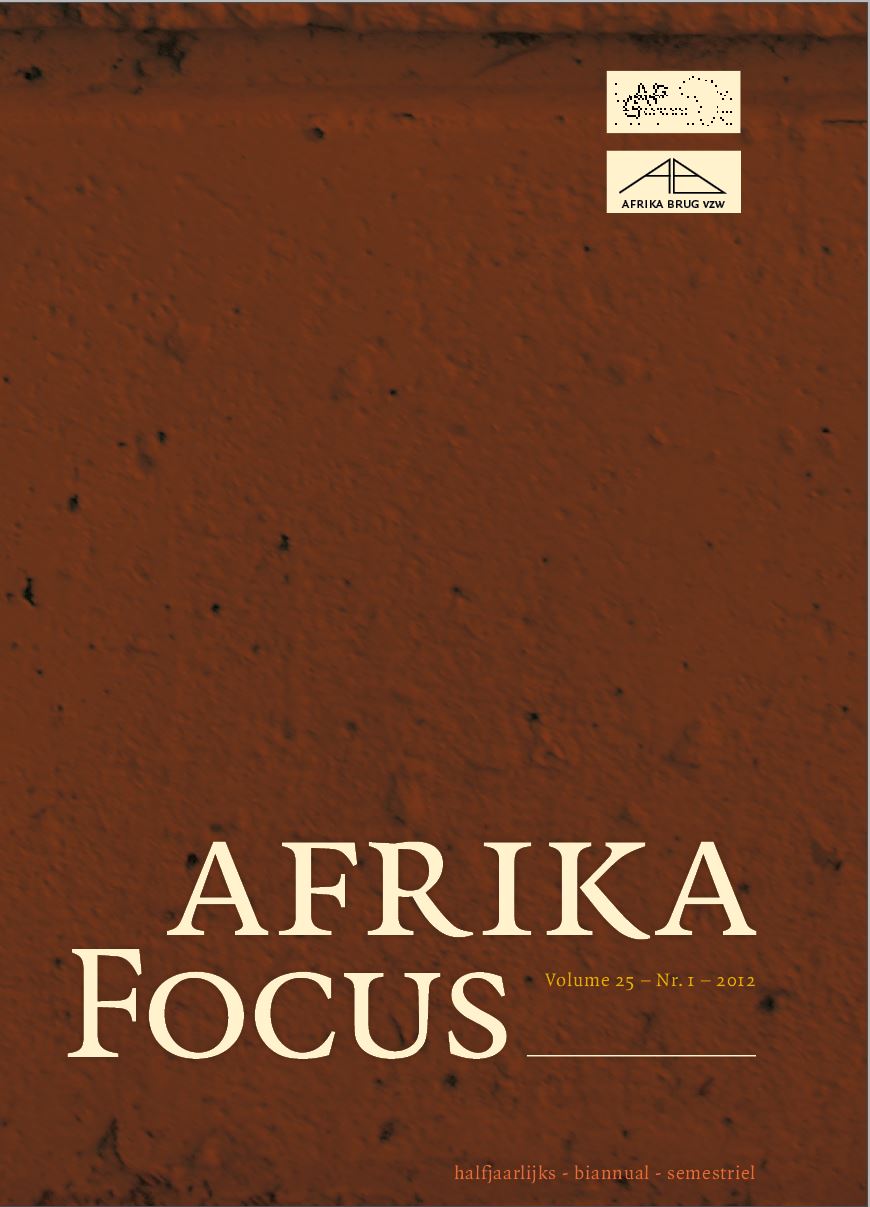Beyond vegetative propagation of indigenous fruit trees: case of Dacryodes edulis (G. Don) H. J. Lam and Allanblackia floribunda Oliv.
DOI:
https://doi.org/10.21825/af.v25i1.4963Abstract
Indigenous fruits/nuts of Africa’s humid tropics are increasingly being recognized for their contribution to food security, health (nutrition/medicine), income generation, employment and environmental benefits. However, cultivation of the trees yielding these fruits/nuts is constrained by lack of improved planting materials that are true-to-type and have a short enough juvenile phase to fruit production. In addition, information on both above and belowground growth attributes of these species is scarce. This paper presents an overview of the results of a doctoral research fo- cused on two African indigenous fruit tree species, i.e. Dacryodes edulis (G. Don) H. J. Lam (Burser- aceae) and Allanblackia oribunda Oliv. (Clusiaceae), which are currently under domestication. For D. edulis, the objective was to assess and compare the structural and ne rooting systems together with the above ground growth attributes of fruiting trees propagated either sexually or vegetatively. The research aim for A. oribunda was to shorten the long juvenile phase before first fruiting through grafting techniques. In summary, the results from the studies on D. edulis suggest that vegetative propagation of the species, reduces the long juvenile phase to fruiting and maintains trueness in the transfer of desirable traits over generations, it also results in trees that are apparently less competitive for below ground resources, have more stable root system, and are bigger in stature and higher in carbon sinks compared to trees of seed origin. In parallel, A. oribunda was shown to be amenable to grafting both under nursery and field (in situ) conditions. Furthermore, a grafted A. oribunda tree transplanted in the field in 2007, flowered and carried a single fruit to maturity after 4 years, thereby reducing the long juvenile period to first fruit production from about 10-12 years reported in literature to less than 5 years. The findings of this doctoral research are therefore pertinent to efforts towards indigenous fruit/nut tree domestication. However, research should be confirmed as it can be considered a pilot study, one that aims to obtain insights into the effect of vegetative propagation methods on above and below ground growth and development of improved planting materials of D. edulis and A. oribunda under domestication.Key words: carbon sequestration, cuttings, diversification, domestication, vegetative propagationDownloads
Published
How to Cite
Issue
Section
License
Authors who publish with this journal agree to the following terms
Authors retain copyright and grant the journal right of first publication with the work simultaneously licensed under a Creative Commons Attribution License that allows others to share the work with an acknowledgement of the work's authorship and initial publication in this journal.
Authors are able to enter into separate, additional contractual arrangements for the non-exclusive distribution of the journal's published version of the work (e.g., post it to an institutional repository or publish it in a book), with an acknowledgement of its initial publication in this journal.
Authors are permitted and encouraged to post their work online (e.g., in institutional repositories or on their website) prior to and during the submission process, as it can lead to productive exchanges, as well as earlier and greater citation of published work (See The Effect of Open Access).


